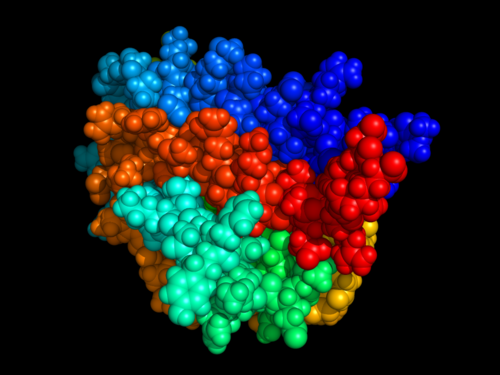Intermittent Fasting (IF) has been gaining a lot of press these days as people begin to self experiment will good results. Unfortunately, the scientific studies are slim-and-few between, but this is mostly because companies do not want to spend money to research the benefits of not eating. The studies that have been accomplished are mostly tested on animals, such as rats, and even though it can give a hint at what to expect, these experiments don’t always tell the truth to how the human body will respond. However, piecing together the evidence, fitness professionals can actually make a good determination on the question of, “Is IF worth all the buzz?”. Well, unfortunately, this is a question that only the individual can answer for themselves after testing themselves with IF. The overall consensus is that IF can be VERY successful if done properly.
Here is what the research has shown:
(IF) HAS BEEN SHOWN TO REDUCE:
• blood lipids (including decreased triglycerides and LDL cholesterol)
• blood pressure (perhaps through changes in sympathetic/parasympathetic activity)
• markers of inflammation (including CRP, IL-6, TNF, BDNF, and more)
• oxidative stress (using markers of protein, lipid, and DNA damage)
• risk of cancer (through a host of proposed mechanisms; we’ll save them for another review)
(IF) HAS BEEN SHOWN TO INCREASED:
• cellular turnover and repair (called autophagocytosis)
• fat burning (increase in fatty acid oxidation later in the fast)
• growth hormone release later in the fast (hormonally mediated)
• metabolic rate later in the fast (stimulated by epinephrine and norepinephrine release)
(IF) HAS BEEN SHOWN TO IMPROVE:
• appetite control (perhaps through changes in PPY and ghrelin)
• blood sugar control (by lowering blood glucose and increasing insulin sensitivity)
• cardiovascular function (by offering protection against ischemic injury to the heart)
• effectiveness of chemotherapy (by allowing for higher doses more frequently)
• neurogenesis and neuronal plasticity (by offering protection against neurotoxins)
The funny thing about this topic is that you actually following this principle every day, without even thinking about it. When you go to bed, after eating dinner between 5-8pm, and then wake up the next morning and eat breakfast, normally between 5-8am, you’ve actually just fasted for 12 hours. So what’s different with IF? Not really a whole lot, but unless you are exercising during the 12 hour window, you may not be seeing much results. That’s why attempting a 24 hour fast, may help get your body’s response to start fat burning (when added to exercise) somewhere between 16-20 hours into your fast. What can hurt you is doing this too much. This practice should only be attempted once a week, or once a month, or once a year. Never do IF more than once a week, otherwise you risk crashing your metabolism and then you’ll never see results. Also be sure to be drinking plenty of water throughout your fast, and adding a amino acid supplement and/or a greens supplement throughout the day can provide addition benefits while fighting hunger pain.
So give it a try, and see how you handle. Nothing says you absolutely NEED to make it 24 hours, if you can only handle 18 hours, then shoot for that but you won’t know until you try. I hope this helps you meet your goals in training, and if you have further questions, please leave them below in the comments section and I’ll get you a reply!
For more information on IF, check out: http://www.precisionnutrition.com/intermittent-fasting



